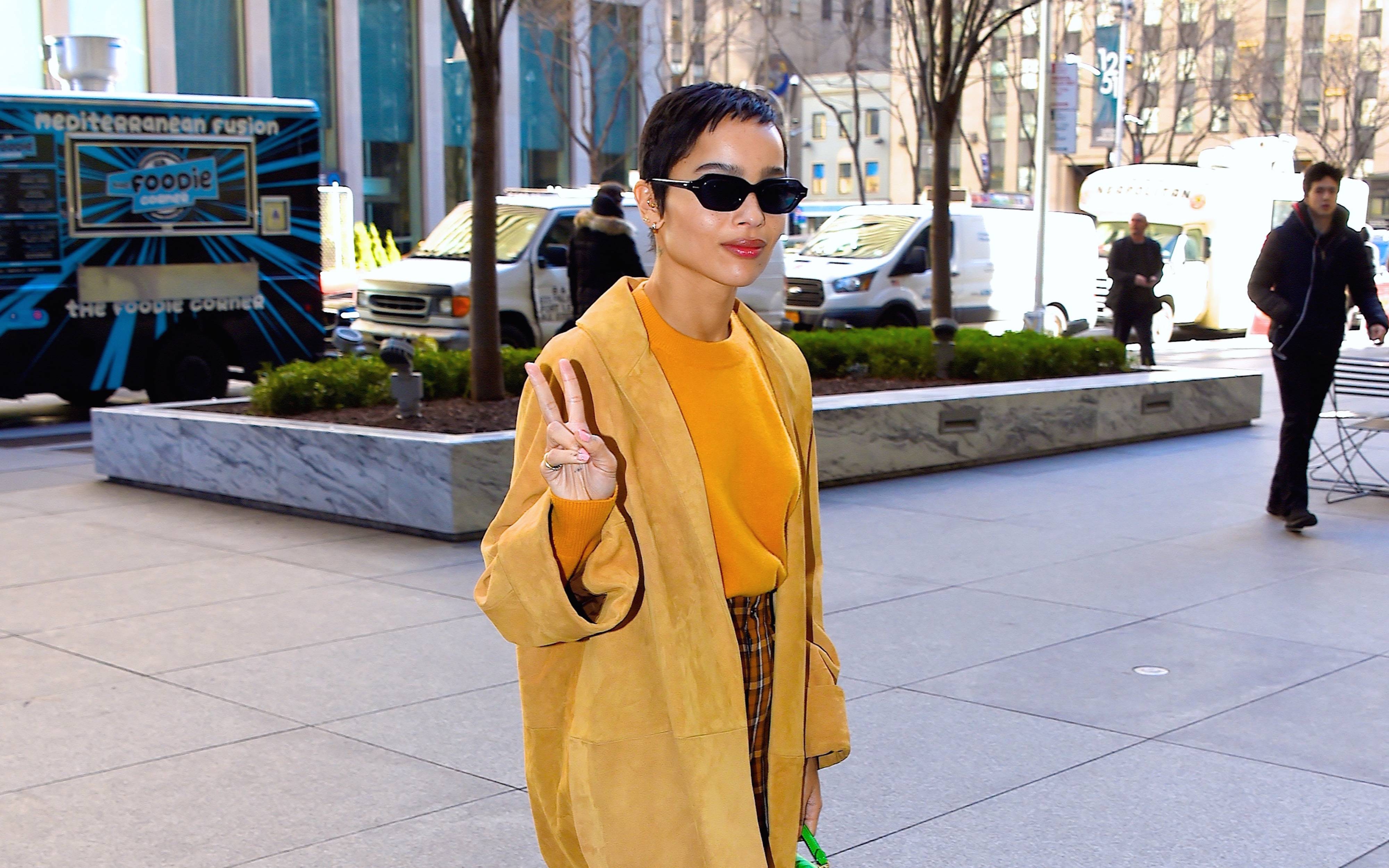
Tips to invest in luxury and skip the buyer’s remorse.
It would seem that social media is split into a few camps: the Shein-haulers, the second hand shoppers and the luxury-loving high-spenders. As someone who keeps her purse strings tight, I feel like I’m missing out.
In the past, especially during times of emotional distress, I turned to shopping as a source of comfort. It’s a seemingly innocent habit that can cause some serious damage, like overwhelming debt, anxiety and fractured relationships. For me, overspending also manifested itself physically in headaches, nausea and insomnia.
But let me be clear: There’s nothing wrong with spending your money on designer brands if you can afford the price tag. The problem arises when it threatens your financial security, which can in turn threaten your well-being. It’s why Alyssa Davies, author of the 100-Day Financial Goal Journal and founder of personal finance blog Mixed Up Money, says you should spend your dollars on things you truly value. “I’ve just made it clear what those values look like to me so that when I am spending and when I am shopping, I know I’m making good choices,” she says..
But, how do you differentiate the trash from the treasures?
The cost of living is at an all-time high in most Canadian cities, so the appeal of fast fashion is unsurprising. The price point is hard to argue with, even as the cheaply made textiles pile up in landfills (not to mention the suspect business practices of some retailers). Many of us just don’t have the disposable income to spend on designer goods. “You don’t want to be spending for someone that you can’t afford to be yet,” Davies says.
But you’re in the position to tuck away some money each month, the investment is worth the wait. I’ve come a long way from the days of spending way beyond my means, and now, I’ve got my eye on a few pieces (I’m holding out for you, Chanel Flap Bag!). But before I let FOMO get the best of me, I’ve got to take a step back and check in on my financial health. Here’s four tips to help you do the same and afford designer brands.
Identify your core beliefs and values
The old me would risk everything to fit in by spending money I didn’t have. But after a few years of therapy and unlearning, I can’t afford to let the fear of missing out take over. That’s why defining your values is an important step towards maintaining financial responsibility, and taking the time to evaluate what you believe about money will help you to regain control of your relationship with your wallet.
Ask yourself: “What’s important to me? Why? What brings me happiness and gives me purpose? How do I value money differently from my family, my partner, my friends?”
Once you find the overarching theme, use it to guide all of your spending decisions.
Build a financial foundation
Setting up a solid financial foundation before you make any major purchases or investments is highly recommended. This may look like budgeting, learning how to use credit responsibly, having a plan to pay off your high-interest debt, and most importantly, building an emergency fund.
Unforeseen events can be both stressful and expensive. The general rule is to save three to six months’ worth of expenses, but the size of your emergency fund will depend on your lifestyle, monthly spending, income and dependents.
Take advantage of sinking funds
A sinking fund is money that you set aside each month (separate from your savings account or your emergency fund). You can use it as a savings tool for a one-time or irregular predetermined expense.
For example, I want to invest in the Moose Knuckles x Telfar leather shopping bag by my birthday in August, so I will set aside $132 each month. When that time comes, I’ll already have the money set aside specifically for the purchase, so I can splurge without the guilt.
Identify your spending triggers to help control your emotional spending
Buyer’s remorse can be caused by a variety of circumstances, but it might feel considerably worse depending on how much money was spent and whether or not it was an emotional purchase (when you buy something you don’t need or even really want because you’re feeling stressed out, bored, unhappy…the list goes on).
The first step to avoiding a trigger (a situation or event that creates an immediate urge to spend money, regardless of whether or not the purchase aligns with your goals and/or values) is to identify it. The urge to spend can hit us anywhere, for any reason. Identifying your triggers now can help you to spot them before your bank account takes a major hit.
When your emotions tempt you to overspend, take a deep breath, get yourself back in a healthy mindset, and think about the repercussions of your purchase before you buy.
Like Davies, I’m more than happy to keep updating my designer brands wish list and wait to make an investment rather than jeopardize my financial health for something I can’t afford…at least not right now. There’s always next season!






